With more than 130,000 commercial and industrial grade fasteners in inventory, our wide distribution network is positioned to get you the parts you need fast. Whether we’re keeping your bins full with a Vendor Managed Inventory Program or rushing emergency replacement parts with 24-hour on-call service, you’ll know that we’ve got you covered. Our HQ’s quality system is certified to AS9120 ...
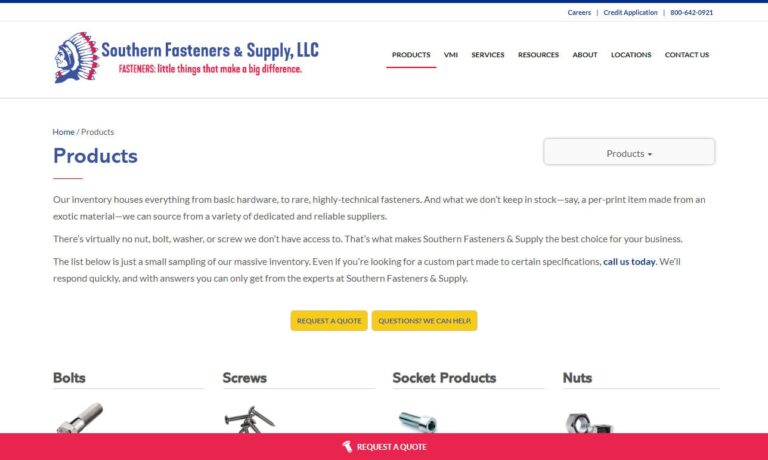
At Blue Ribbon Fastener, we specialize in providing high-quality bolts and fastening solutions tailored to meet the demands of various industries. With a commitment to precision, reliability, and durability, we ensure that our products exceed performance expectations in even the most challenging applications. Our extensive selection includes a wide range of bolts, each manufactured to exact...
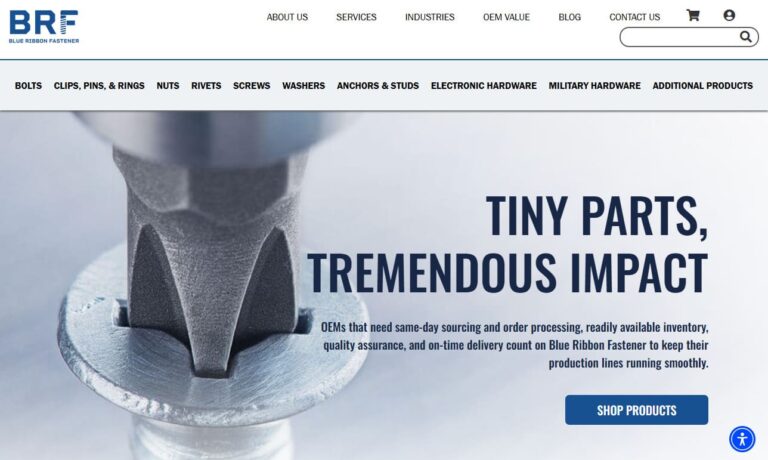
Delta Fastener Corp. supplies headed fasteners from only quality manufacturers. Our huge, readily available selection includes industrial bolts, nuts, washers, screws, etc. in a wide range of metal types and grades. Check out our online catalog or give us a call today for industrial bolts and more!
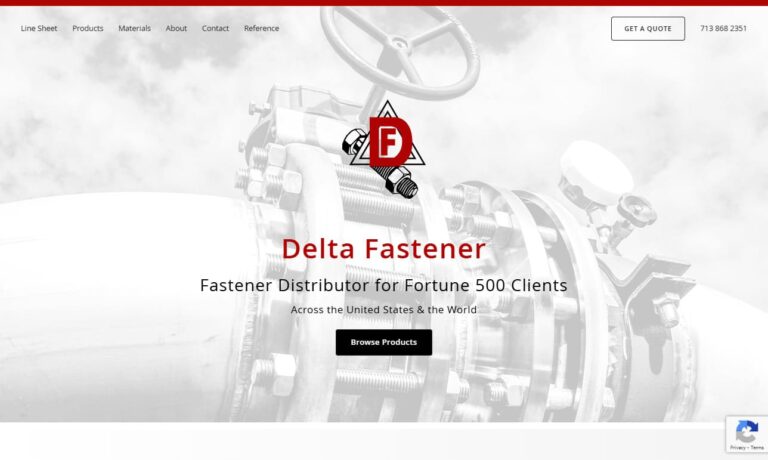
P&R is a manufacturer of industrial fasteners, specialty fasteners, automotive fasteners, stainless steel fasteners, aerospace and electronic fasteners. We provide over 60 years of experience in designing quality industrial fastener products. Give us a call so we can work together.
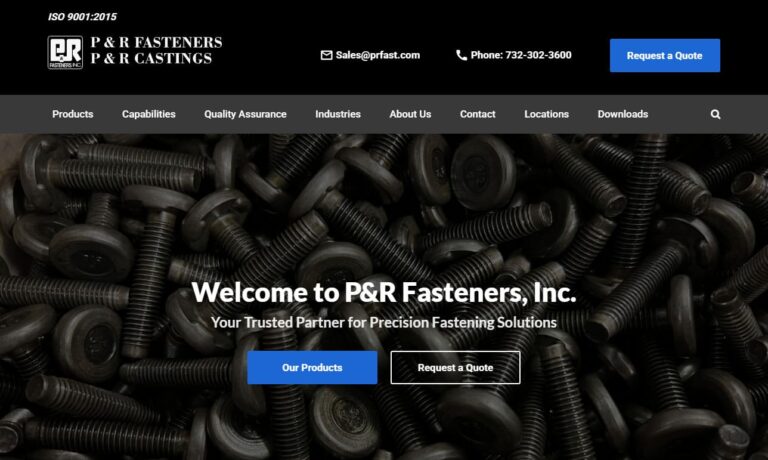
Chicago Nut & Bolt specializes in nonstandard products such as industrial bolts, stainless steel bolts, carriage bolts, titanium bolts, mil spec bolts and alloy bolts in any quantity. We will supply any shape or size depending on your requirements. We assure quality products and on-time delivery.
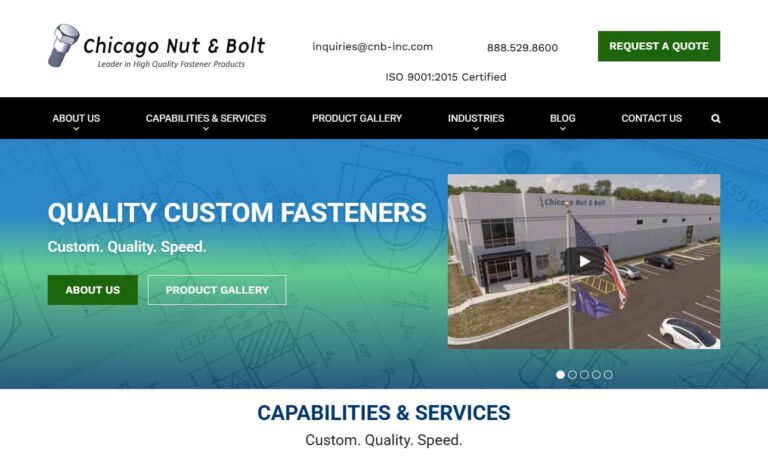
More Carriage Bolt Manufacturers
A carriage bolt is recognizable with a mushroom head and a circular cross-section of the shank. But the area directly below the mushroom head has been cut into a square shape. Typically, the head is shallow and formed like a dome. The diameter of the squared section's shank, which is plain and unthreaded, is the same as that of the bolt shank. There have been carriage bolts for ages. They gained popularity in the early 1800s due to being frequently employed in constructing carriages and carriage wheels, earning the name "carriage bolts."

Application of Carriage Bolts
Wood with wood, wood with metal, and even metal with metal are held together with carriage bolts. When inserted into a square hole, especially when working with metal, their unique shape enables the bolt to self-lock. It is also easily inserted through a round hole in most types of wood, making it a flexible attachment. Carpentry and wood construction are carriage bolts' most popular current uses. Homeowners and professional carpenters use them for DIY projects, home maintenance, and repairs.
Types of Carriage Bolts
The roundhead and rib-necked bolts, roundhead and short-necked bolts, flathead and square-necked bolts, and fin-necked bolts are the four most popular styles of carriage bolts. These bolts all have various use cases and physical characteristics. These can be utilized with various materials, including soft metals, plastics, wood, sheet metal, and thin plywood. The following are the most popular carriage bolt examples, along with information on their characteristics and uses:
Ribbed Neck, Round Head: Low carbon steel was used to make these carriage bolts. As a result, coach bolts have a circular head and ribbed shoulders. They are primarily in wood, plastic, and soft, malleable metals.
Round Head, Short Neck: These bolts have a round head and a square shoulder. They typically have a consistent thread pitch and are made of low- or medium-carbon steel. Because of their short necks, which avoid blockages that a standard-sized neck may produce, these bolts can be utilized with sheet metal.
Flat Head, Square Neck: They have a flat head, as the name implies, as opposed to a round head bolt, which results in a reduced profile on the top or front side of the fastening. These fasteners for coaches were developed exclusively for the garage door industry. However, they can also be put to use in different ways.

Fin Neck: Low-carbon steel is usually utilized to create the fin neck carriage fasteners. These fasteners have a circular head and a flat bearing surface. The bearing surfaces of these bolts are 90° apart from their shanks. Fin neck bolts are mostly used with thin plywood.

Reasons for Using Carriage Bolts
Carriage bolts are frequently employed, especially when working with wood, because they are so simple to use. When used to create hardwood decking, decorative fencing, furniture, and playground equipment for the backyard, their smooth, dome-shaped heads provide an aesthetically pleasing appearance and a certain measure of safety. Because carriage bolts can only be unbolted from one side, they offer security and safety. In addition, they can be used to fix doors to stop the wrong side from unscrewing them.
Weight Carried by a Carriage Bolt
Carriage bolt installation is simple and typically only requires one tool. They can support a lot of weight once installed. For instance, a carbon steel Grade 5 carriage bolt has a proof load strength of 85,000 psi, or 5,976 kilogram-force per square meter, and a tensile strength of 120,000 psi, or 8437 kilogram-force per square meter.
Uses of Carriage Bolts
The best fastener for joining wood and metal is a carriage bolt. As an alternative, carriage bolts can join two pieces of wood. Specialized carriage bolt designs make it possible to bind two metal parts together securely. They can also be employed in a wide range of industries, such as the following:
- industry for water treatment and conservation
- railroad sector
- farming sector
- mining sector
A hammer, a drill, a drill bit, a nut, and a washer are a few other instruments required to use carriage bolts. Keep in mind that carriage bolts must always be placed in already-drilled holes. This requirement is caused by the unique design of the head of a carriage bolt. The fact that it is always smooth and rounded makes it impossible to screw it into the material using a drilling tool. Drill a properly-sized hole into the material, taking into account the size of the carriage bolt itself, to start.
Next, put the carriage bolt through the hole. After that, the washer and nut are fastened. Place the washer and nut on the backside of the bolt, respectively. When the nut is used to pull the carriage bolt into the material, a washer helps to minimize any damage. To position the carriage bolt in the proper location, tighten the nut. The carriage bolt's head should fit tightly on the material from the underside.
The carriage bolt can also be removed quite easily by twisting the nut while making sure that it stays attached to the bolt. Next, tap the nut with a hammer to ease the bolt out of the material. Repeat this procedure until the bolt can be removed by hand.
Choosing the Right Carriage Bolts Company
To make sure you have the most productive outcome when purchasing Carriage Bolts from a Carriage Bolts Company, it is important to compare at least 4 or 5 Suppliers using our list of Carriage Bolts companies. Each Carriage Bolts Supplier has a business profile page that highlights their areas of experience and capabilities and a contact form to directly communicate with the manufacturer for more information or request a quote. Review each Carriage Bolts business website using our patented website previewer to get an idea of what each company specializes in, and then use our simple RFQ form to contact multiple Carriage Bolts businesses with the same quote.

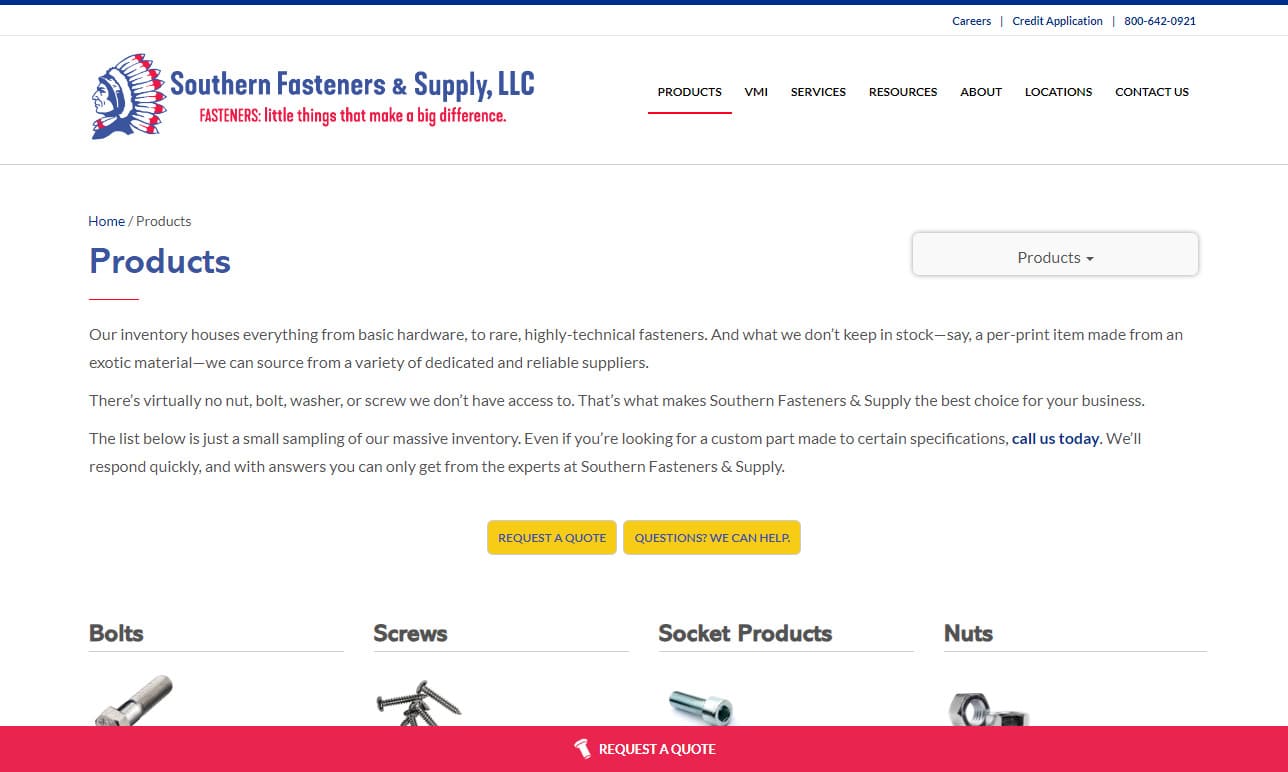

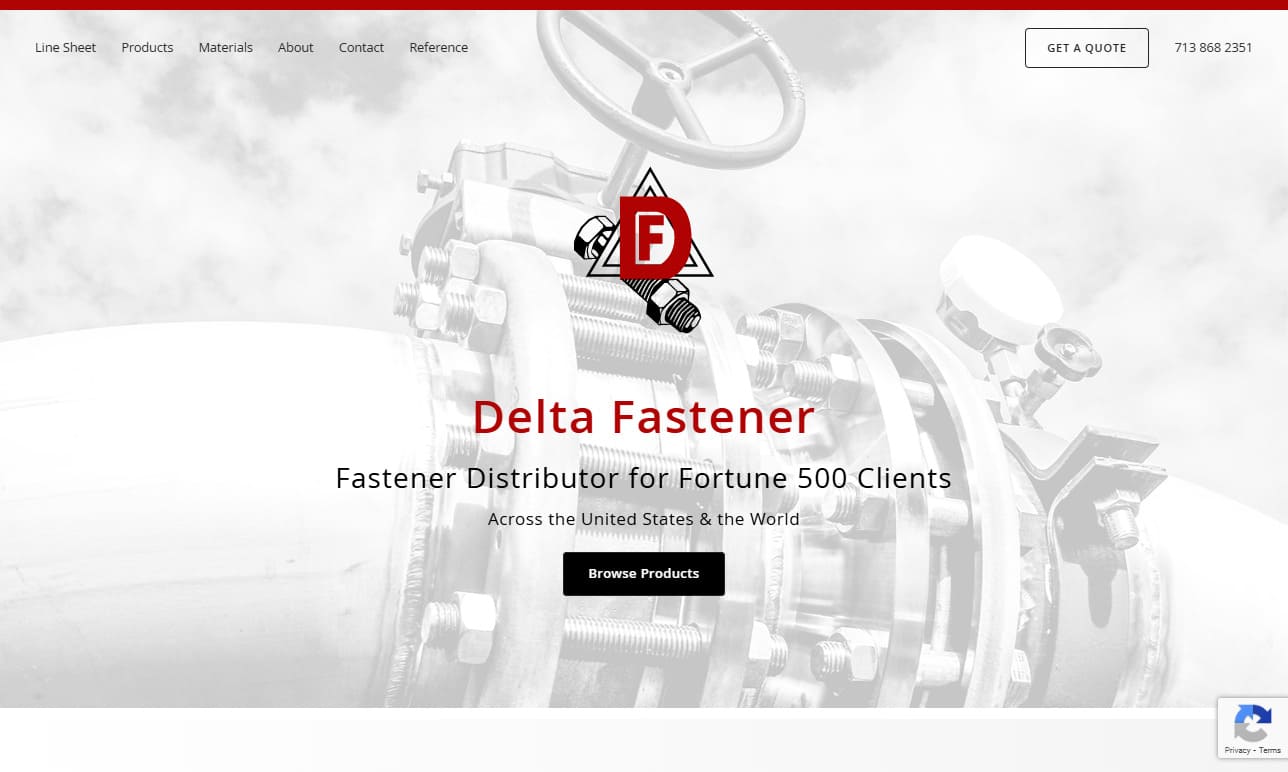
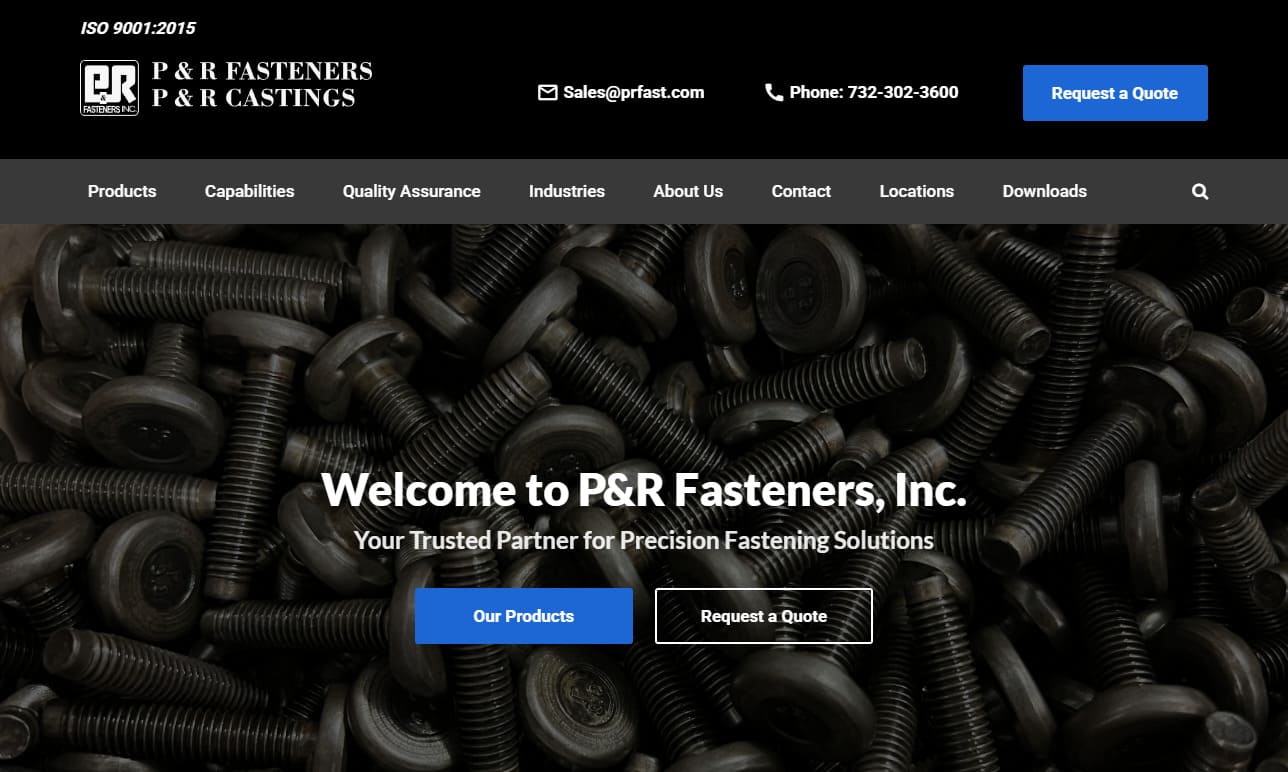
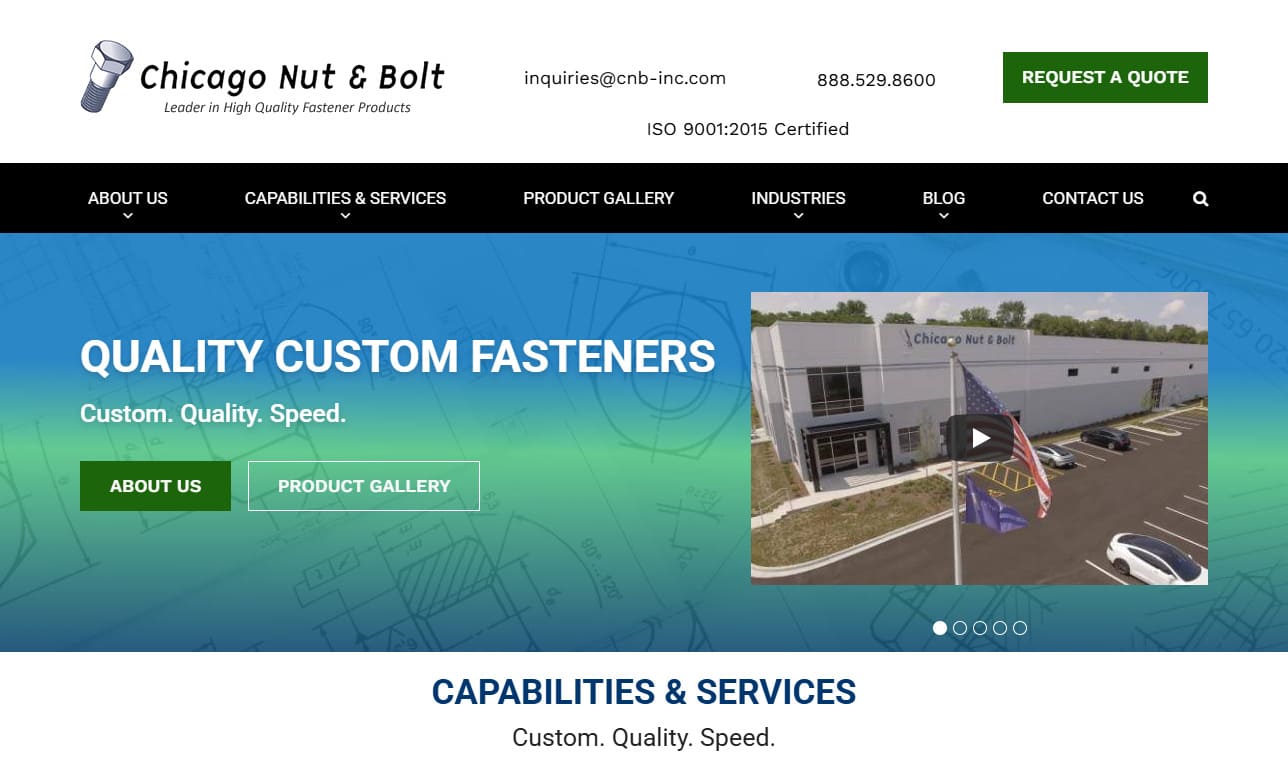
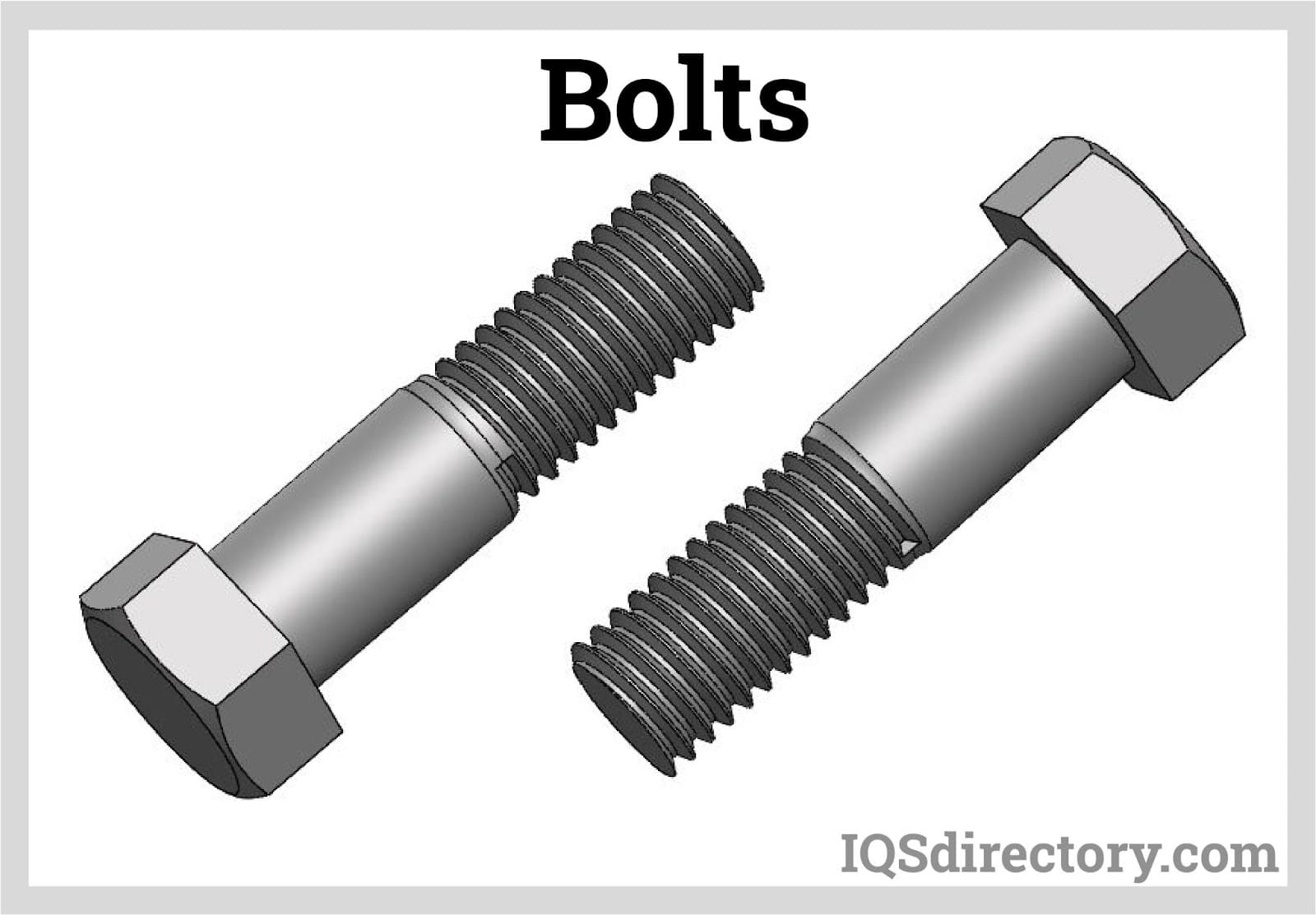
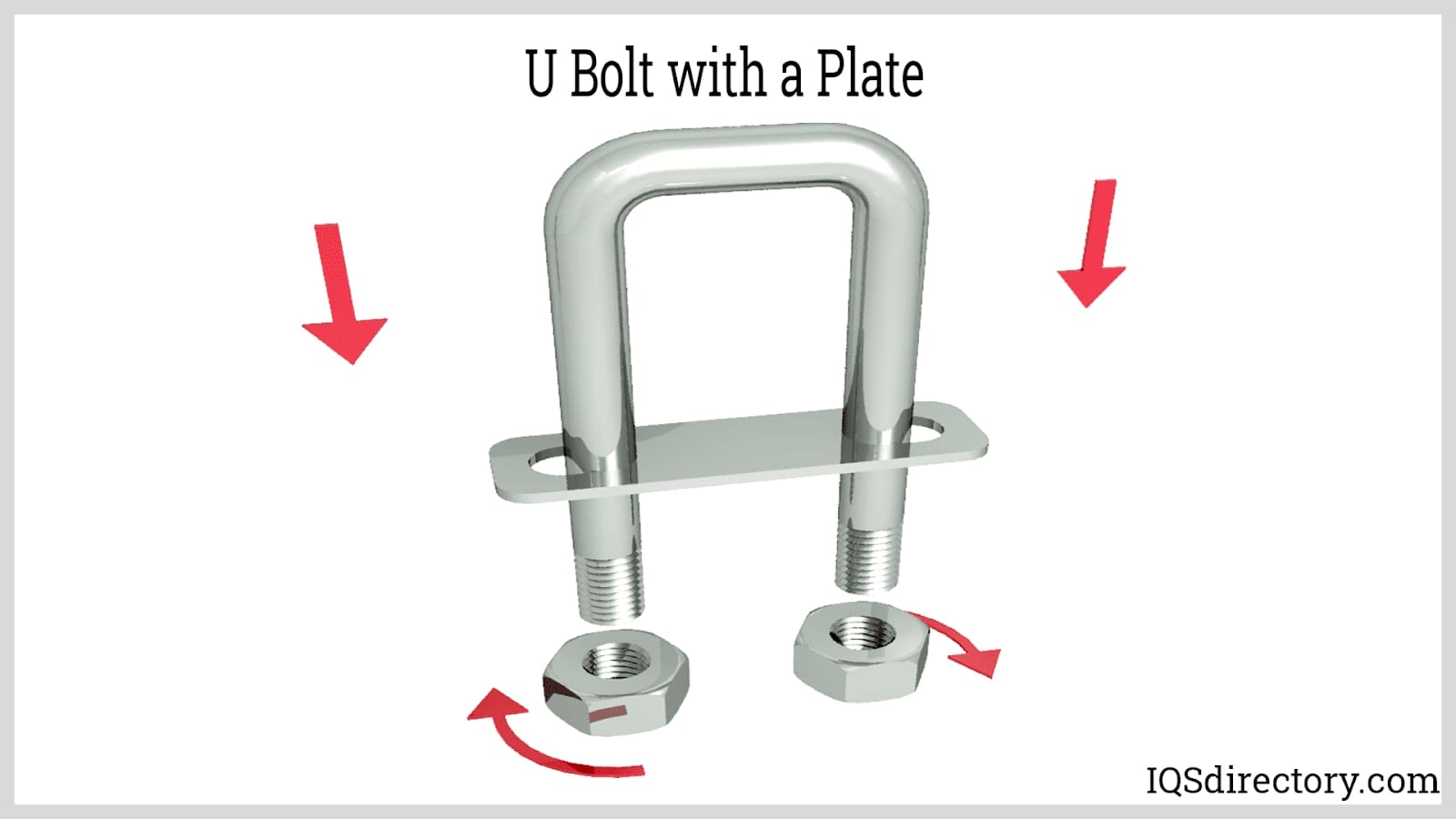
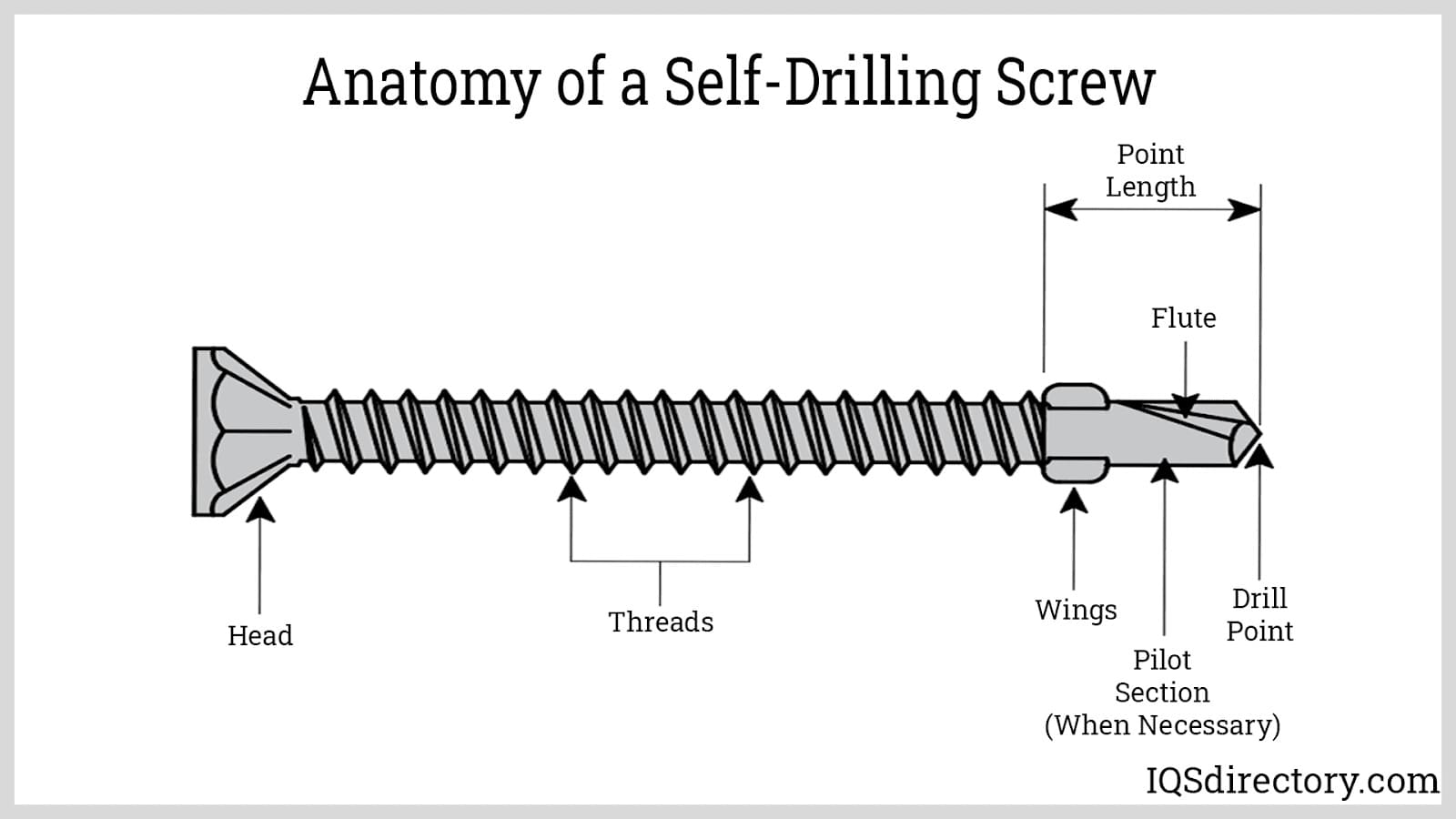
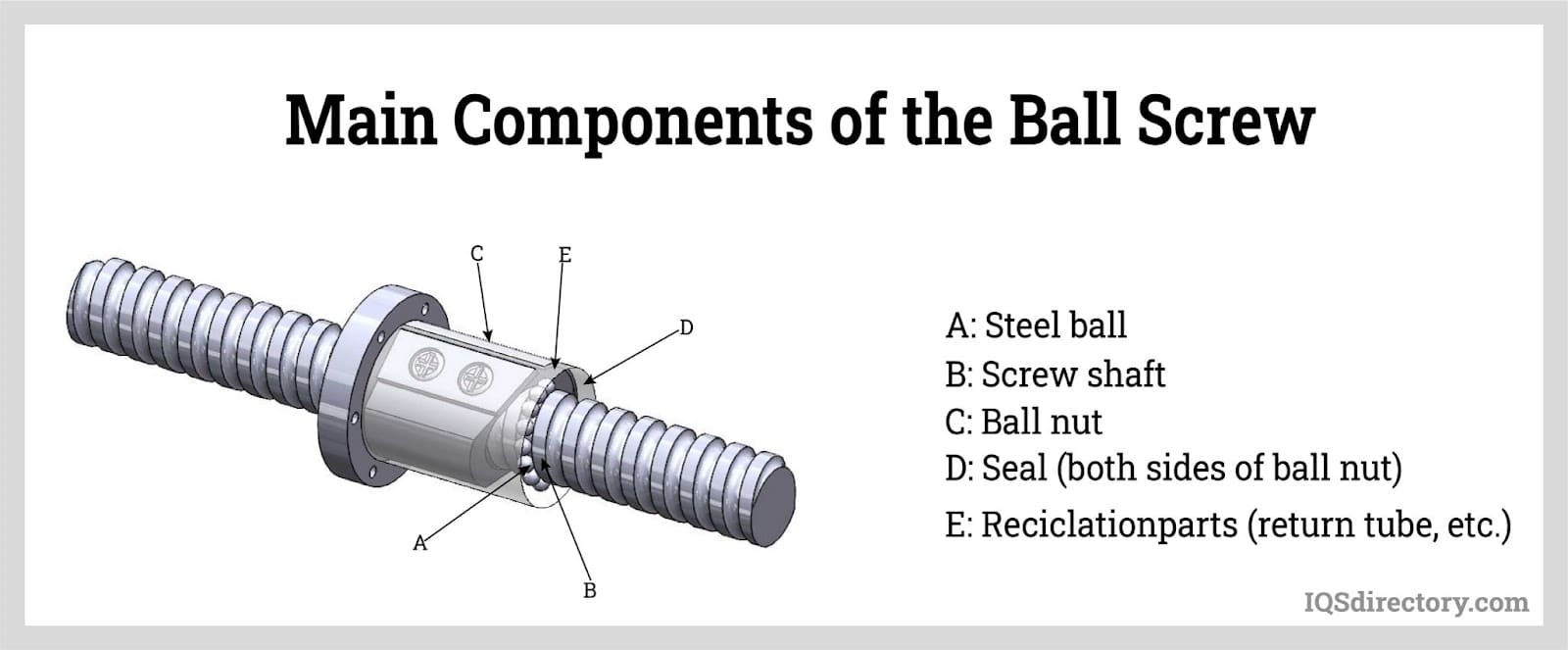
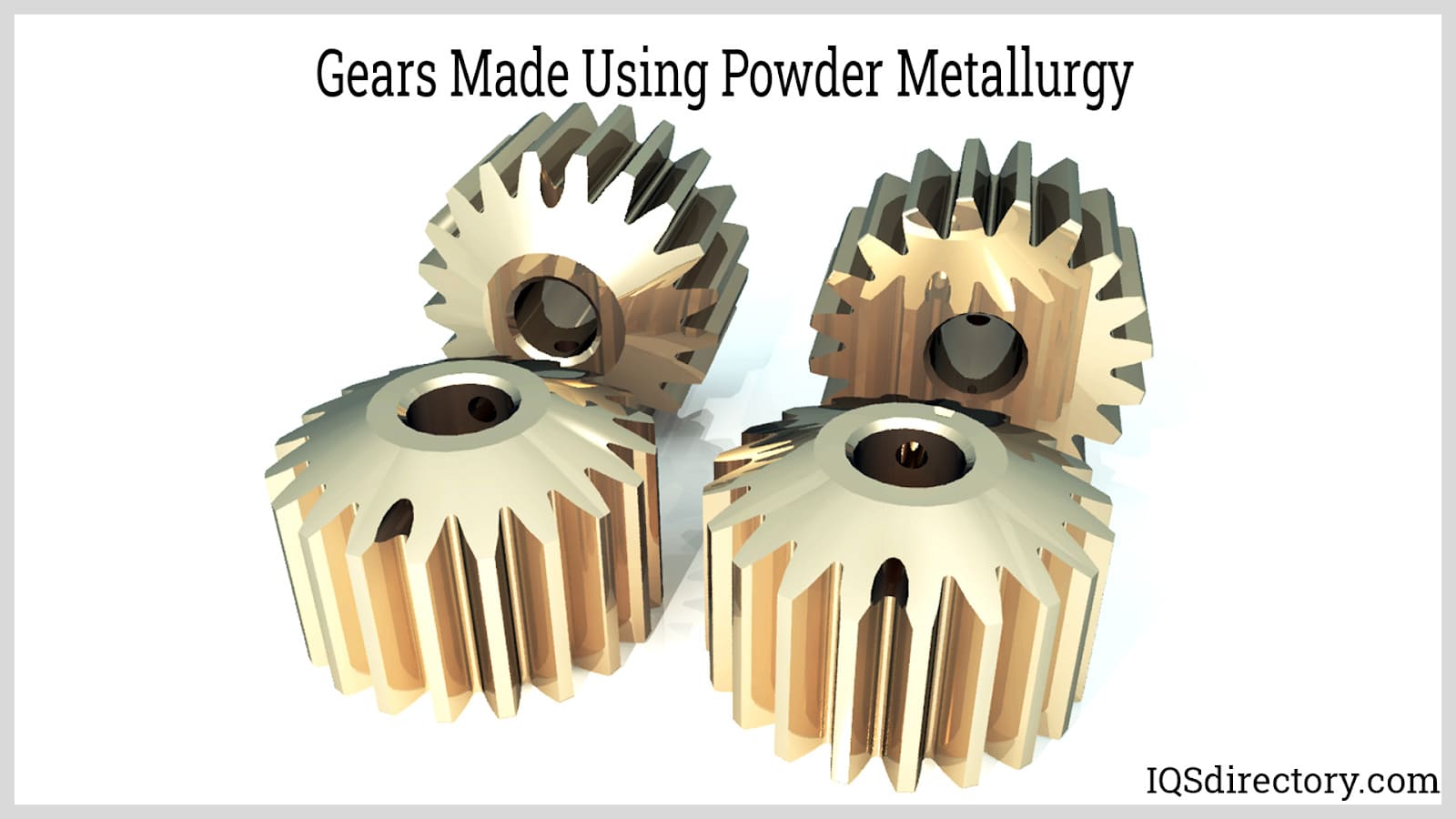
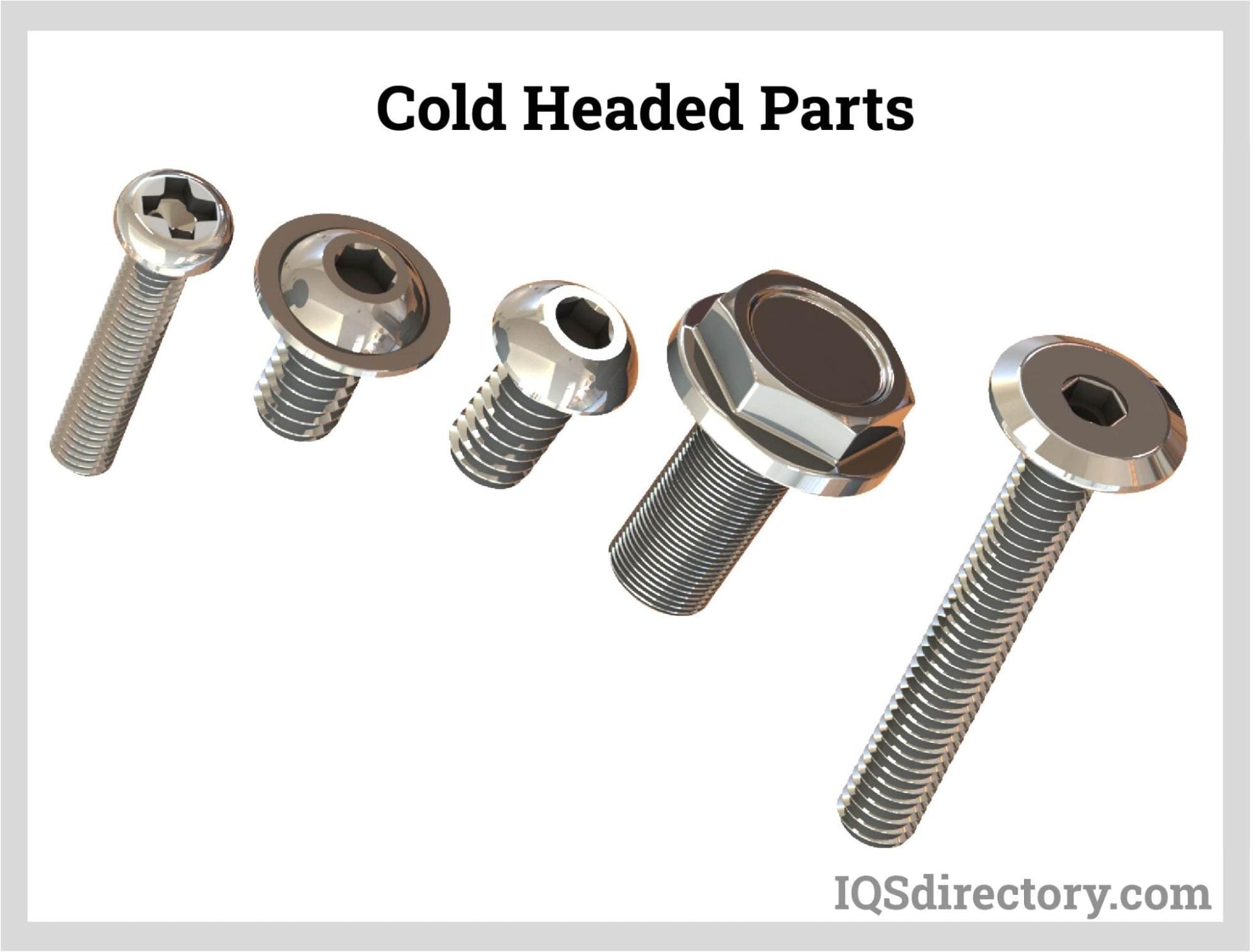
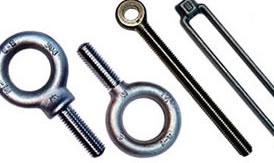 Bolts
Bolts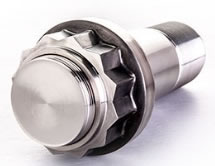 Fasteners
Fasteners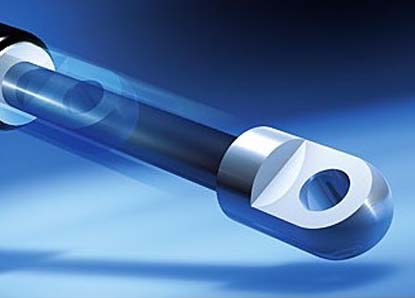 Gas Spring
Gas Spring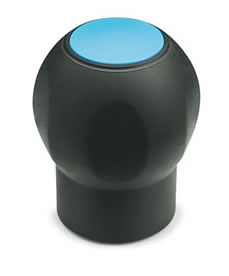 Handles
Handles Hinges
Hinges Latches
Latches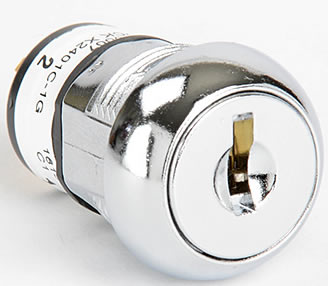 Locks
Locks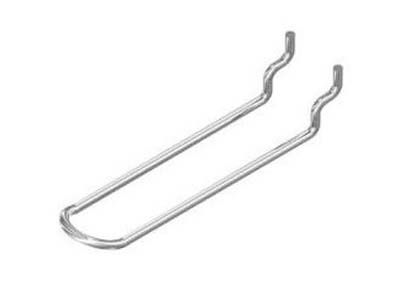 WIre Hooks
WIre Hooks Castings & Forgings
Castings & Forgings Bulk Material Handling
Bulk Material Handling Electrical & Electronic Components
Electrical & Electronic Components Flow Instrumentation
Flow Instrumentation Hardware
Hardware Material Handling Equipment
Material Handling Equipment Metal Cutting Services
Metal Cutting Services Metal Forming Services
Metal Forming Services Metal Suppliers
Metal Suppliers Motion Control Products
Motion Control Products Plant & Facility Equipment
Plant & Facility Equipment Plant & Facility Supplies
Plant & Facility Supplies Plastic Molding Processes
Plastic Molding Processes Pumps & Valves
Pumps & Valves Recycling Equipment
Recycling Equipment Rubber Products & Services
Rubber Products & Services